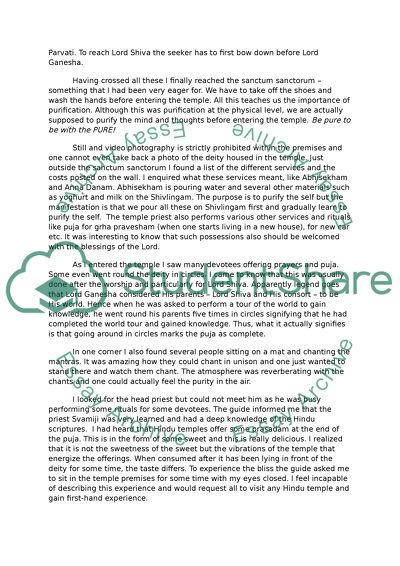Cite this document
(Religious Experience Personal Statement Example | Topics and Well Written Essays - 1750 words, n.d.)
Religious Experience Personal Statement Example | Topics and Well Written Essays - 1750 words. https://studentshare.org/religion-and-theology/1580345-religious-visit
Religious Experience Personal Statement Example | Topics and Well Written Essays - 1750 words. https://studentshare.org/religion-and-theology/1580345-religious-visit
(Religious Experience Personal Statement Example | Topics and Well Written Essays - 1750 Words)
Religious Experience Personal Statement Example | Topics and Well Written Essays - 1750 Words. https://studentshare.org/religion-and-theology/1580345-religious-visit.
Religious Experience Personal Statement Example | Topics and Well Written Essays - 1750 Words. https://studentshare.org/religion-and-theology/1580345-religious-visit.
“Religious Experience Personal Statement Example | Topics and Well Written Essays - 1750 Words”. https://studentshare.org/religion-and-theology/1580345-religious-visit.


